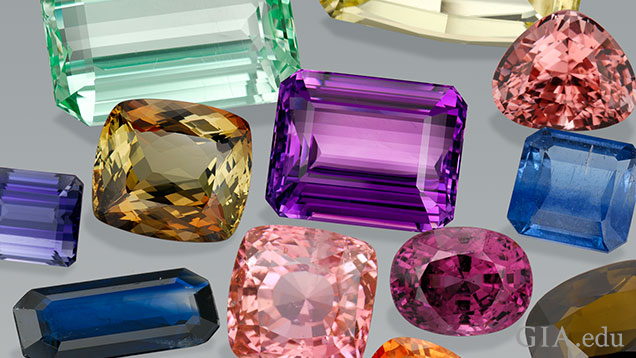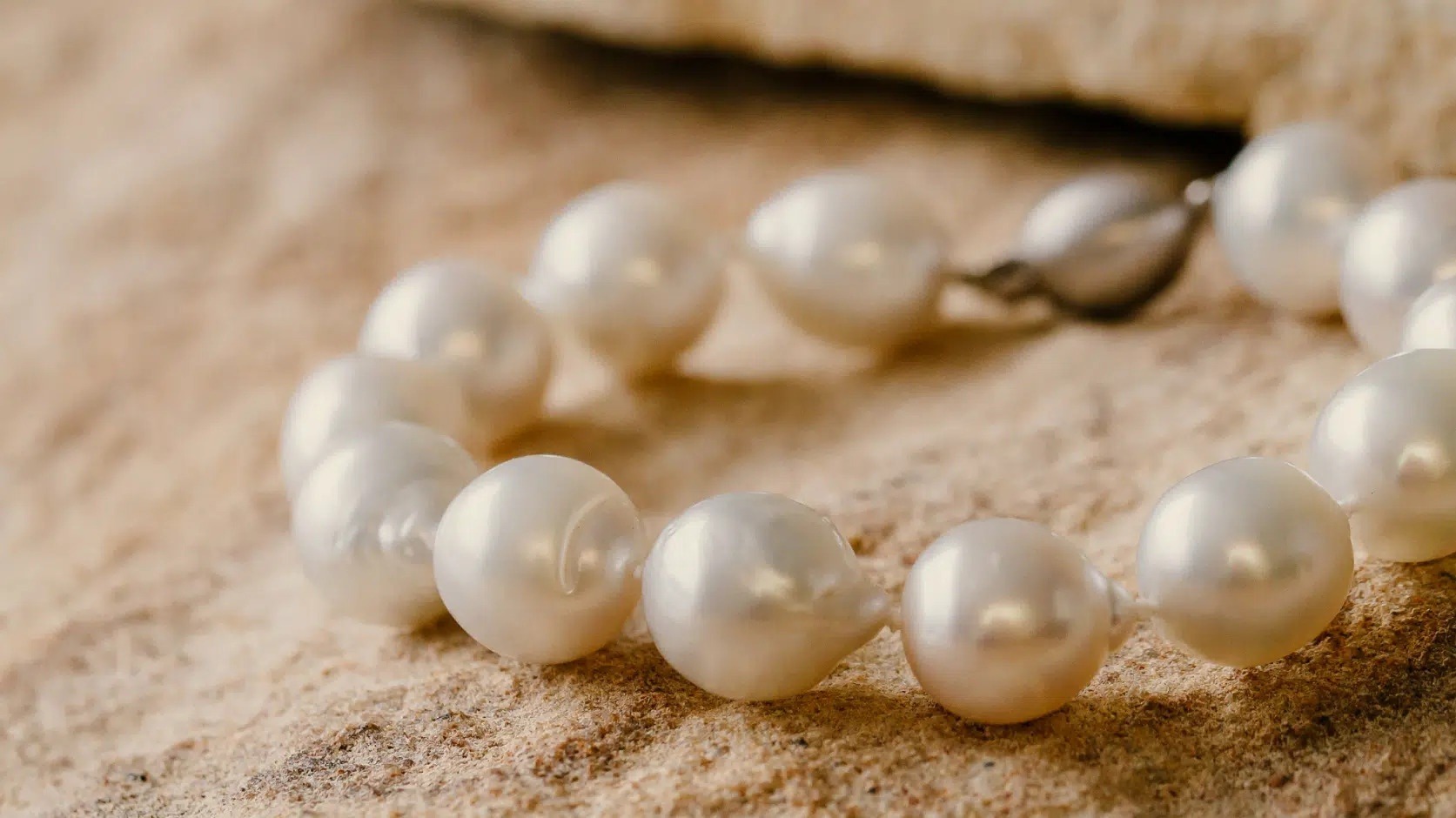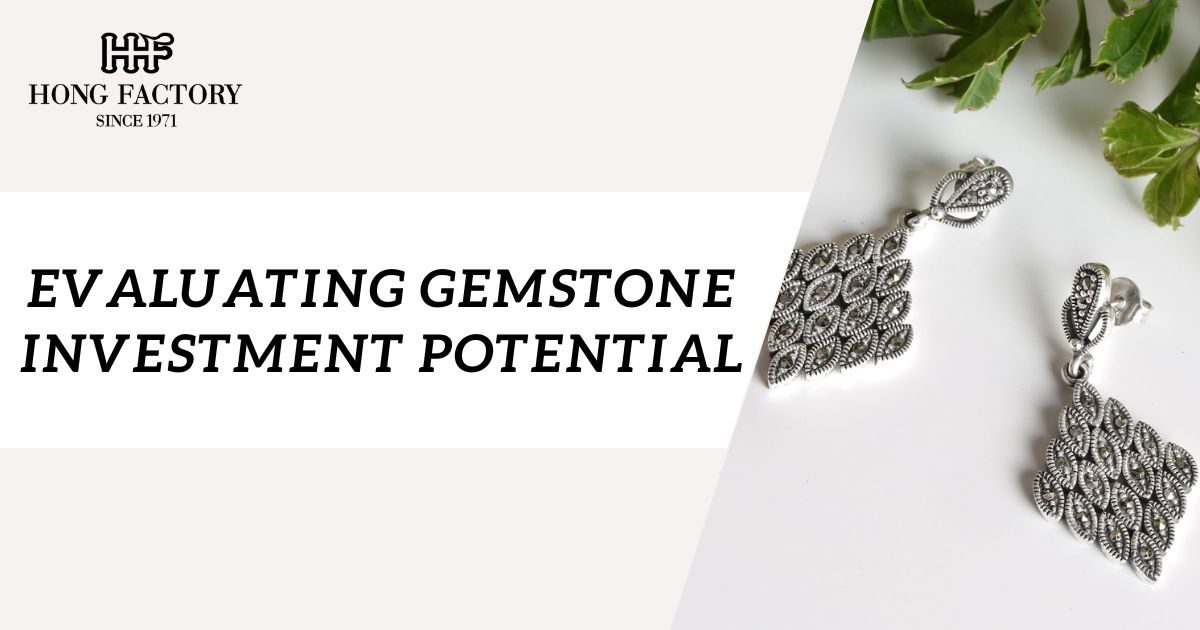Evaluating Gemstone Investment
Investing in gemstones has long been considered a viable alternative to traditional assets like stocks, bonds, and real estate. With their rarity, durability, and historical appreciation in value, gemstones present a unique investment opportunity.
However, not all gemstones are suitable for investment, and understanding key factors such as market demand, rarity, and certification is crucial for making informed decisions.
This article explores the essential aspects of evaluating gemstone investment potential and how to identify high-value stones.
Factors That Determine a Gemstone’s Investment Value

1. Rarity and Supply Constraints
- The rarer a gemstone, the more valuable it becomes over time. Limited supply contributes to price appreciation.
- Some of the rarest gemstones include alexandrite, Paraiba tourmaline, Kashmir sapphire, and pink diamonds.
- Market availability also plays a role—some gemstones are abundant but become rare due to mining limitations or government restrictions on exports.
2. Quality and the 4Cs: Color, Clarity, Cut, and Carat Weight
- Color: Vibrant, well-saturated hues are highly prized. For example, pigeon-blood rubies and royal blue sapphires command premium prices.
- Clarity: Fewer inclusions generally increase value, but certain gemstones, like emeralds, naturally contain inclusions that do not necessarily diminish value.
- Cut: Well-proportioned and symmetrical cuts enhance a gemstone’s brilliance, making it more desirable.
- Carat Weight: Larger gemstones are rarer and more valuable, but overall quality still plays a critical role in pricing.
3. Historical Performance and Market Trends
- Some gemstones have consistently appreciated in value, making them strong investment choices. Examples include blue sapphires, rubies, and emeralds.
- Market demand can be influenced by cultural trends, celebrity endorsements, and auction sales of record-breaking stones.
- Understanding historical price movements and future demand forecasts can guide investors toward high-potential gemstones.
4. Origin and Provenance

- The geographic origin of a gemstone significantly impacts its value.
- Burmese rubies, Colombian emeralds, and Kashmir sapphires are among the most sought-after due to their superior quality.
- A gemstone with a well-documented provenance, particularly one linked to royalty or famous collectors, can command significantly higher prices.
5. Treatment and Enhancements
- Untreated gemstones are generally more valuable than those that have been heat-treated, fracture-filled, or irradiated.
- While some treatments are industry-accepted (e.g., heat-treated sapphires), extensive treatments can lower investment potential.
- Buyers should always seek transparency regarding treatments and request gemological reports from reputable institutions.
Certification and Authentication: Ensuring Investment Security
- Reputable Gemological Laboratories:
- Gemological Institute of America (GIA)
- SSEF (Swiss Gemmological Institute)
- AGL (American Gemological Laboratories)
- HRD Antwerp
- Certified gemstones with lab reports provide assurance of authenticity, detailing any treatments or enhancements.
- Investors should avoid purchasing gemstones without proper certification, as unverified stones may have undisclosed treatments or synthetic compositions.
The Role of Auctions and Private Sales in Gemstone Investment

- Major auction houses like Sotheby’s and Christie’s regularly feature high-value gemstones, setting market benchmarks.
- Private collectors and investors often seek rare and untreated gemstones, increasing their value through competitive bidding.
- Auction trends indicate a growing preference for investment-grade gemstones over mass-market jewelry.
Risks and Considerations in Gemstone Investment
- Market Volatility: Unlike stocks or real estate, gemstone prices can fluctuate based on economic conditions and demand.
- Liquidity Issues: Selling gemstones for their true value can take time, as finding the right buyer is essential for maximizing returns.
- Storage and Insurance: Proper storage in secure, climate-controlled environments and comprehensive insurance coverage are necessary to protect gemstone investments.
- Expertise Requirement: Investors must educate themselves or work with gemologists to accurately assess gemstone value and authenticity.
Investing in gemstones requires careful evaluation of rarity, quality, historical performance, and market trends.
While high-value gemstones such as Burmese rubies, Colombian emeralds, and Kashmir sapphires have proven long-term appreciation, proper certification and provenance verification are essential for securing a worthwhile investment.
With thorough research and expert guidance, gemstones can serve as both a store of value and a portfolio diversification tool, offering tangible beauty and financial potential.
